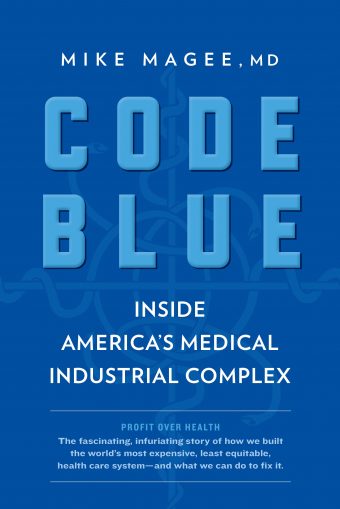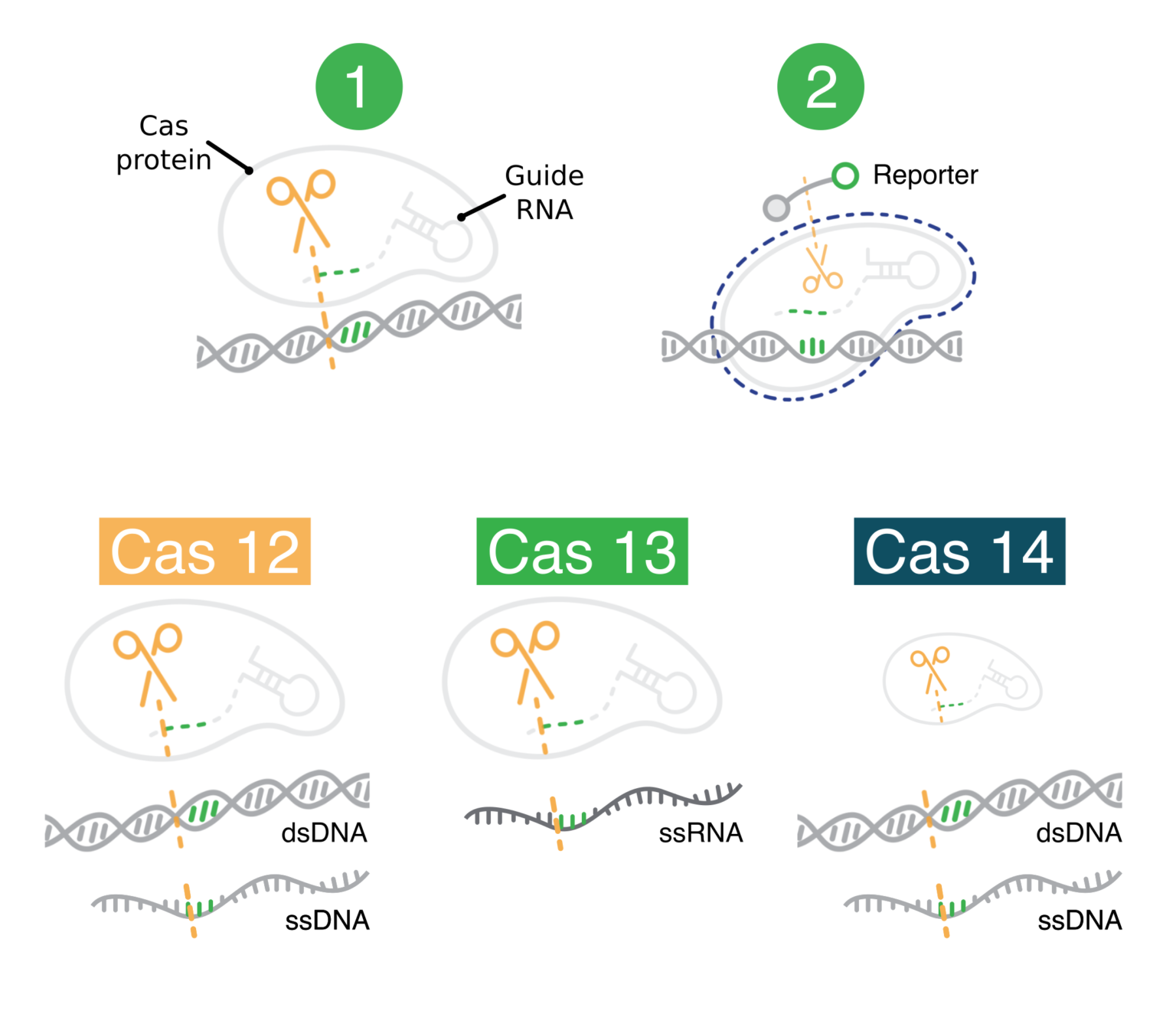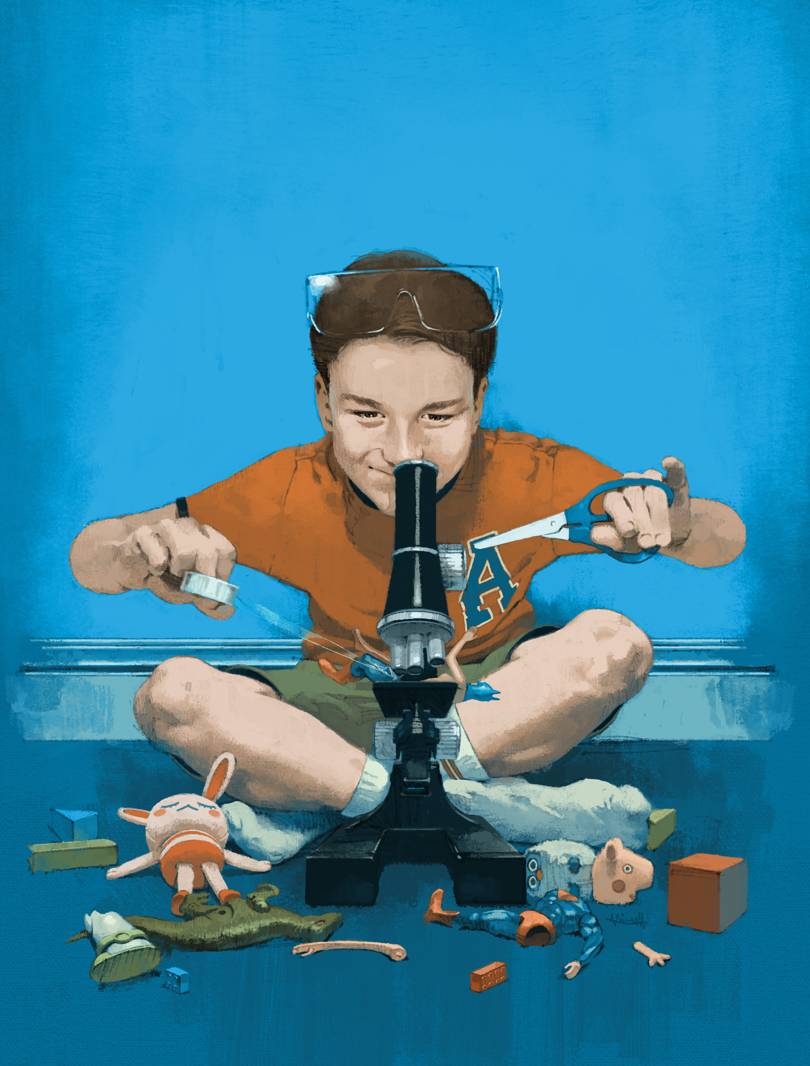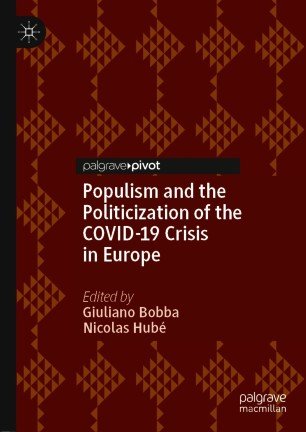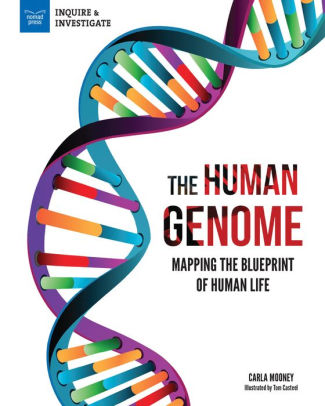CODE BLUE. Inside America’s Medical Industrial Complex
An interesting and persusive book by Mike Magee, an insider talking about details of how to create the worst health care system in developed countries and how to avoid it!. A clear message for European countries and current misguided policies.
Ten Reasons Why Consolidating Oversight under a Single Centralized Authority Works So Well:
1. It provides unimpeded universal access to coverage.
2. It lowers administrative costs by at least 50 percent, and overall health care expenses by 15 percent, according to an extensive economic health policy research study published in BMC Health Services Research in 2014.15
3. It is portable, allowing people to change jobs or geographic locations without worry.
4. It can emphasize prevention by promoting health planning and budgeting priorities.
5. It provides a standard basic benefit package for all, with flexibility for an individual to purchase additional services through private supplemental insurance.
6. It offers a wider choice of doctors and hospitals, with coverage guaranteed, and limits “balanced billing” on essential services that are covered.
7. It prohibits insurers from obstructing access to care with administrative obstacles to payment.
8. By prioritizing care, the system increases wellness, therefore decreasing the cost of sickness.
9. It forces transparent budgeting for outcomes, with a clear definition of goals and priorities, and promotes performance-based payments.
10. It inserts public oversight of patient databases, preventing MIC use of data to maximize profits by steering patient choices and managing opaque MIC profit sharing
